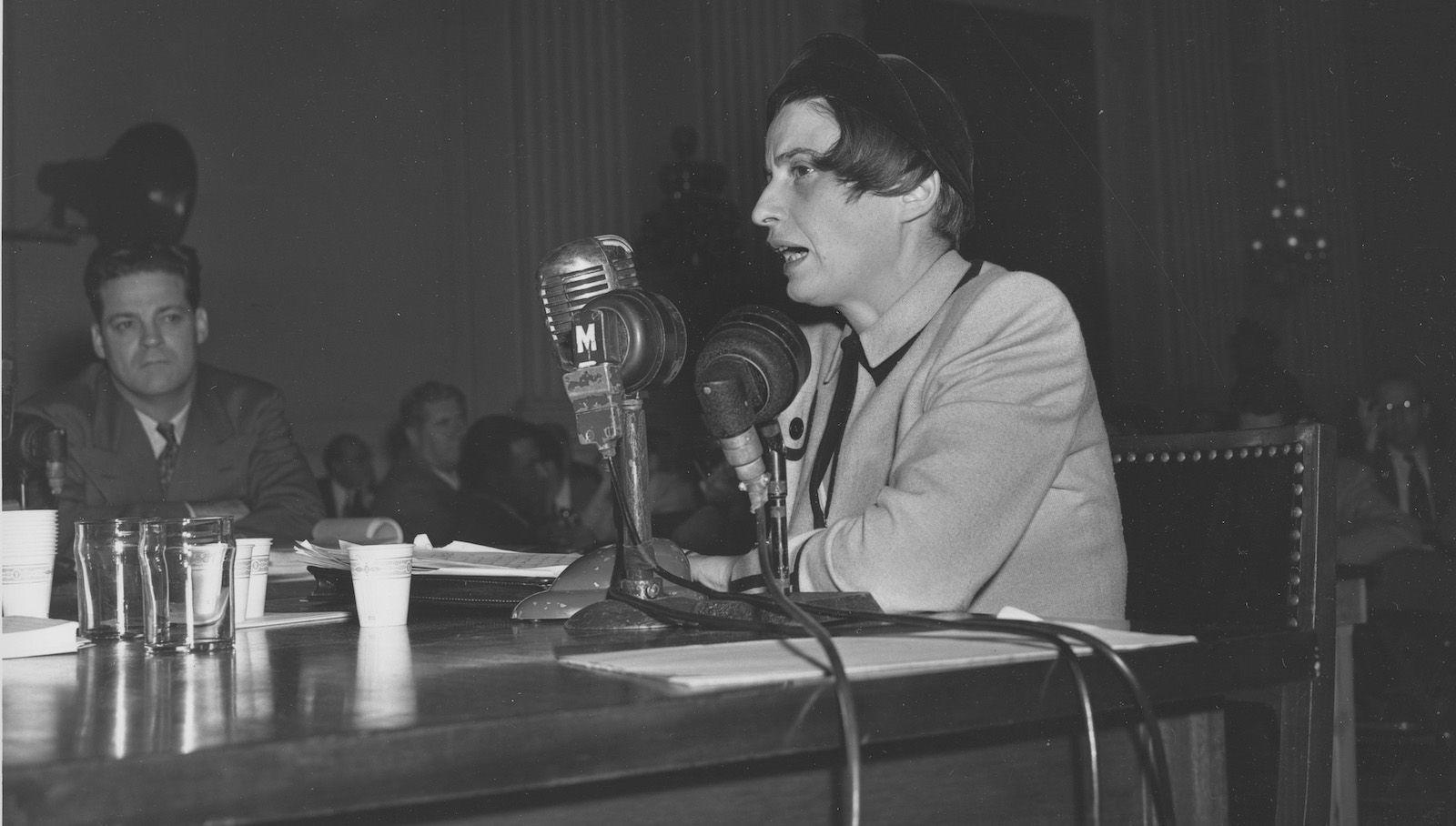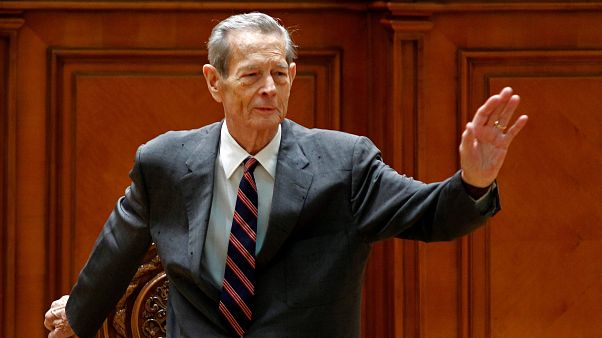After the economy of Egypt went into decline following the Sinai war and the expulsion of Christians, the brotherhood was deep in crisis.
The economy began to collapse (OOC: in the Hitchens excerpt it sounded like it was Venezuela meets Islamic law) so the government sought to salvage the situation through economic liberalization and encouraging investment from “friendly counties” (ie the gulf and whatnot) and some level of stability returned.
Reformer Tariq Ramadan took power in 2000, the educated and more balanced grandson of Hassan al leading was a sign of relief to the west.
Despite minorities already almost completely extinct in Egypt and the Sinai being a “red line,” he did reopen relations with America and much of the west.
The economy began to grow, the diminishing heritage preserved and small comprises had been made, with women now going to school, albeit segregated and an end to child marriage.
Despite the veneer of improvement exiled minorities would never return as they enjoyed mostly full rights in their new countries and saw Tariq Ramadan the new Supreme Guide as a radical Muslim but a spin doctor to present a false guide of moderation. After all, morality police remained and brotherhood prisons were as brutal as ever.
The would come in a surprising manner. Not Israel seizing Cairo after a war, like many expected. Rather, to revive Egypt’s economy, many brotherhood provided social services were cut, and this trend accelerated under Tariq Ramadan.
Meanwhile, the repression was as harsh as ever, including during the 1993 Luxor risings, with relatives demanding a more clear investigation.
Many were inspired by protests that ousted Ben Ali in Tunisia
Protests spread out and initially were supported by all segments of society in 2011...
The issue was, the brotherhood had no interest in leaving peacefully and had long put fanatical supporters into the most prestigious army units to prevent coup
(more to come of my head canon on the alt Arab spring soon)






